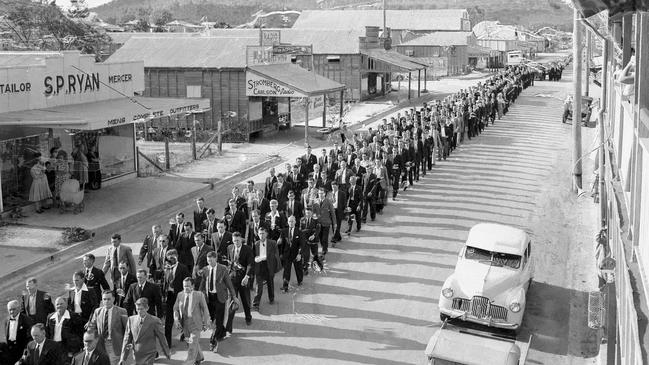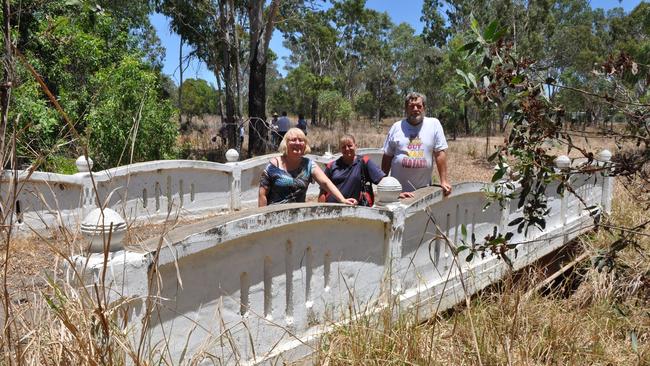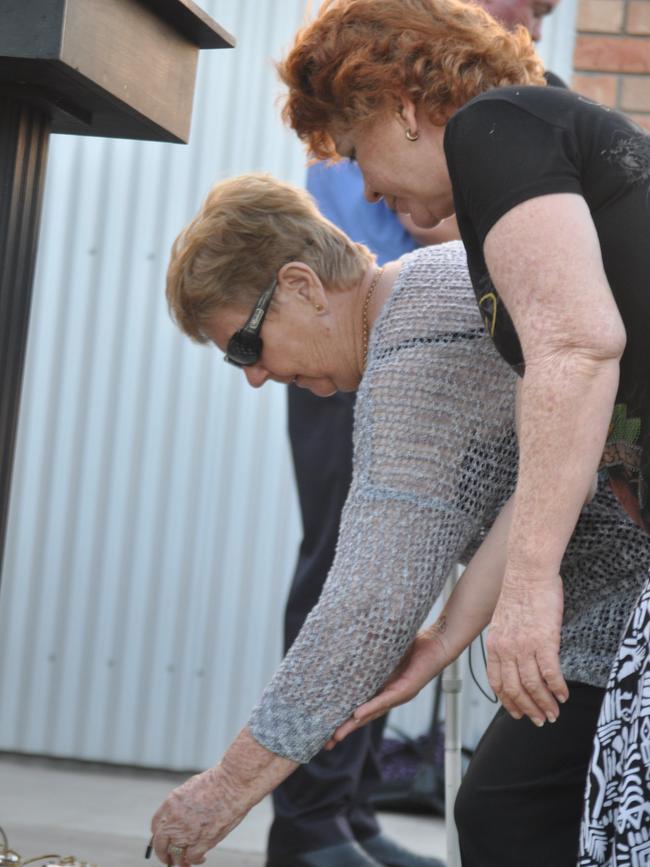In 1954 seven Collinsville miners went to work, never to return home
A mining tragedy that still ranks as one of Queensland’s worst struck Collinsville in 1954.

Townsville
Don't miss out on the headlines from Townsville. Followed categories will be added to My News.
THURSDAY OCTOBER 14, 1954
Seven men have lost their lives and two others who were overcome by gas have been taken to hospital following a devastating tragedy at the state-owned coal mine in Collinsville.
The bodies of six of the deceased men were recovered yesterday and the search for the seventh body continued overnight.
The tragedy has stunned the small town and torn at the fabric of the tight-knit community.
The men who lost their lives are Peter Stuart Miller, 31, Henry Petersen, 29, Frederick Walker, 53, Herbert Bernard Ruff, 47, Arthur Henry Shrubsole, 28, Alexander Parkinson, 34, and James Logan, 30.
RELATED>>>
• Concrete forts a reminder of Townsville’s wartime past
• Horror at seafood wholesaler as human head emerges from inside a cod
The two men who were brought out of the mine in a stable condition were James Parker, 25, and Robert Conrad Munro, 22.
About 200 miners are employed in the coal mine and about 30 miners were working the afternoon shift when the tragedy happened about 5.50pm.
Three shifts have been worked since mechanisation started at the mine in November last year.
The nine men involved in the tragedy were working in the dip section of No. 1 tunnel, probably 1.2km from the tunnel mouth.
They are believed to have been overcome by poison gas about 6.30pm at a point where, it is stated, traces of gas were detected the previous night.
News of the tragedy quickly spread through the town and soon almost the whole of the population were gathered near the tunnel mouth, where rescue teams were quickly organised.
The crowd stood anxiously waiting for news, and men and women wept openly as bodies were brought up from the mine.
Mining Minister Ernest Riordan has ordered a full inquiry into the tragedy, and the chief inspector of state coal mines T. Platt will fly to Collinsville this morning to head the investigation.
Last night mines officials in Ipswich were arranging to send additional gas apparatuses to the stricken mine by the first available aircraft.

When news of the tragedy reached Mount Mulligan last night, a hurried meeting of miners was held and later the president and secretary of the Mount Mulligan branch of the Queensland Colliery Employees’ Union reported that in the event of any miners being required for rescue work they would eagerly volunteer and leave immediately.
Mr Riordan said early reports suggested the miners were working into a ‘heading’ – a long section of coal left after mining operations – and had struck a fault.
He said traces of gas had been detected in the same position on Tuesday night.

Apparently a gas inrush happened after drilling was resumed in the same area, he said.
Mr Riordan said on behalf of the Government he “deplored” the tragedy. He said he offered the Government’s fullest sympathy to families and relatives. He said a thorough investigation would be carried out.
Queensland’s worst coal mining disaster happened at Mount Mulligan on September 19, 1921, when a total of 75 men lost their lives.
The last body was not recovered until three months after the disaster.
• The victims of the Collinsville tragedy continue to be remembered by the Collinsville community and the state’s coal miners, together with those of the Mount Mulligan disaster, the Box Flat explosion (1972) and the three major accidents at Moura (1975, 1986 and 1994).
Originally published as In 1954 seven Collinsville miners went to work, never to return home
